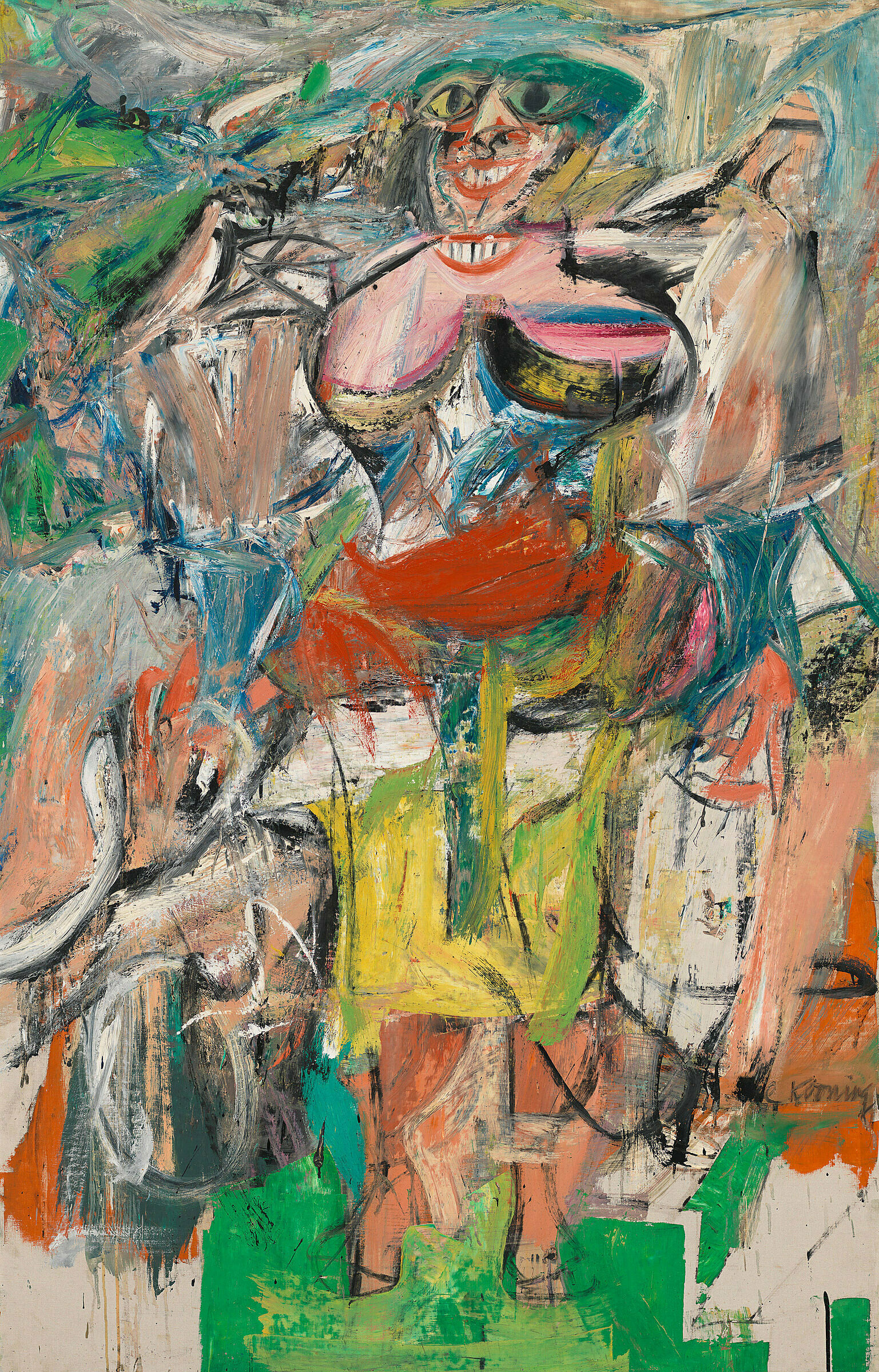Maya Deren
1917–1961
Introduction
Maya Deren (; born Eleonora Derenkovska; Ukrainian: Елеонора Деренковська; May 12 [O.S. April 29] 1917 – October 13, 1961) was an American experimental filmmaker and important part of the avant-garde in the 1940s and 1950s. Deren was also a choreographer, dancer, film theorist, poet, lecturer, writer, and photographer.
The function of film, Deren believed, was to create an experience. She combined her expertise in dance and choreography, ethnography, the African spirit religion of Haitian Vodou, symbolist poetry and gestalt psychology (as a student of Kurt Koffka) in a series of perceptual, black-and-white short films. Using editing, multiple exposures, jump-cutting, superimposition, slow-motion, and other camera techniques to her advantage, Deren abandoned established notions of physical space and time, innovating through carefully planned films with specific conceptual aims.
Meshes of the Afternoon (1943), her collaboration with her husband at the time, Alexander Hammid, has been one of the most influential experimental films in American cinema history. Deren went on to make several more films, including but not limited to At Land (1944), A Study in Choreography for Camera (1945), and Ritual in Transfigured Time (1946), writing, producing, directing, editing, and photographing them with help from only one other person, Hella Heyman, her camerawoman.
Wikidata identifier
Q450382
Information from Wikipedia, made available under the Creative Commons Attribution-ShareAlike License . Accessed November 25, 2025.


